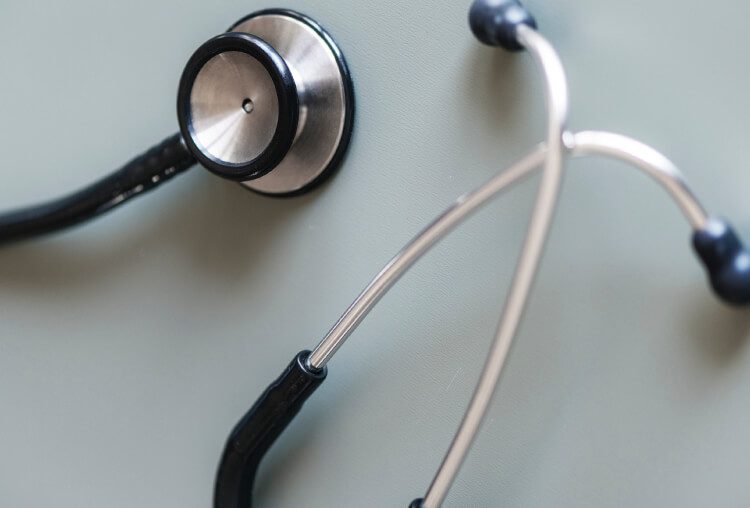Testosterone Shots Testicle Shrinkage
TREATMENTS FOR MALE HYPOGONADISM

June 19, 2018
Dr. Friedman treats a lot of men with hypogonadism or low testosterone. There are many different ways to treat low testosterone, with testosterone itself, other medicines that stimulate testosterone, or combinations of medicines. Most men with clearly low testosterone (measured first thing in the morning) should get on testosterone, and Dr. Friedman finds that injectable testosterone usually works better than testosterone gels or creams or patches. Patches or gels usually do not achieve high enough levels and might be okay for an older person who just wants testosterone a little bit higher, but a younger person often needs the higher levels achieved by injections.
It was traditionally recommended that testosterone injections be given intramuscularly using a big needle, into a muscle, such as the buttocks or shoulder. This is often quite painful and is difficult for the patient to do himself. Dr. Friedman and some other endocrinologists have realized that testosterone can be given subcutaneously, in the stomach, with a small needle that is just as effective as the bigger needle. Dr. Friedman has a YouTube (https://www.youtube.com/watch?v=5s3Pf2nzfvw ) video entitled "Subcutaneous Testosterone" that explains how to do this. Patients are either given testosterone at a dose of 100 mg once a week or 50 mg twice a week to do their injections. Dr. Friedman also recommends the patient get the 10 mL vial of 100 mg/mL testosterone. Often the pharmacy tries to substitute a smaller vial with 2 mL of 200 mg/mL, and this is much harder to dose accurately and does not last as long as the 10 mL vial. Dr. Friedman also recommends 2 syringes with interchangeable needles. One is a larger needle such as a 21-gauge, 1-inch needle to draw up the testosterone and then a smaller one, which would be a 25-gauge, 5/8-inch needle, to inject testosterone in the stomach. The size of the syringe can be either 1 mL or 3 mL, but it is important to have needles that come off and can be replaced.
For patients with borderline testosterone deficiency, and who do not want to take a shot, another excellent option is a medicine called Clomid. It is also called clomiphene. This is a pill that blocks the feedback of estrogen at the level of the pituitary, so it actually causes the pituitary to make more LH and FSH which gets the testes to make more testosterone. In contrast, when you get testosterone, the pituitary works less and the LH and FSH go down and therefore, the testes shrink. This is avoided if you take Clomid. Clomid also does not give really high levels and is not FDA approved for hypogonadism but does work well in a fair number of patients. It is the only pill that is effective at raising testosterone. Dr. Friedman usually gives 1/2 of a 50 mg pill a day of Clomid.
For patients who are on testosterone and experience testicular shrinkage, Dr. Friedman recommends subcutaneous human chorionic gonadotropin (hCG )injections which help restore their testicular size. hCG is also a good option instead of testosterone if the patient is trying to conceive. Dr. Friedman usually does not give hCG alone, however, because it does not give high enough testosterone levels by itself. However, it works quite well at a dose of 1000 units subcutaneously 3 times a week in combination with the subcutaneous injection of testosterone.
Patients who are getting testosterone injections can get a high estradiol which leads to breast enlargement and also breast tenderness. Dr. Friedman will measure the estradiol after starting a person on testosterone and if the estradiol is high, he would add a medicine called Arimidex which blocks the conversion of testosterone to estradiol. He usually gives 1 mg pills, 1/2 pill twice a week, and makes sure the estradiol comes down.
Testosterone gets converted to dihydrotestosterone (DHT) which if high, can lead to prostate growth and/or hair loss. If that happens and DHT is above the normal range, Dr. Friedman would give finasteride to block the conversion of testosterone to DHT. Finasteride comes as a more expensive 1 mg pill or less expensive 5 mg pill. Dr. Friedman usually prescribes the 5 mg pill, and the patient can take 1/2 pill of that twice or 3 times a week. He would monitor the DHT levels.
Dr. Friedman also monitors CBC and PSA when he gives the testosterone. If the PSA goes up, the testosterone dose might need to be reduced or the patient can go on the finasteride which helps decrease the conversion to DHT in conjunction with the PSA. If the PSA is quite high, Dr. Friedman will stop the testosterone.
Patients on testosterone can also get a high hematocrit which can lead, if left high, to blood clots and strokes. A hematocrit above 51% is concerning. The best remedy for this is for the patient to donate blood to the Red Cross. There are no restrictions on blood donation if the patient is on testosterone, and this is accomplishing a good deed for society and also helping the patient's health.
If you are considering testosterone or are on testosterone and want to take advantage of Dr. Friedman's expertise in this area, please do not hesitate to make an appointment or visit his website at goodhormonehealth.com.
Testosterone Shots Testicle Shrinkage
Source: https://www.goodhormonehealth.com/2018/06/19/treatments-for-male-hypogonadism/







Tidak ada komentar:
Posting Komentar